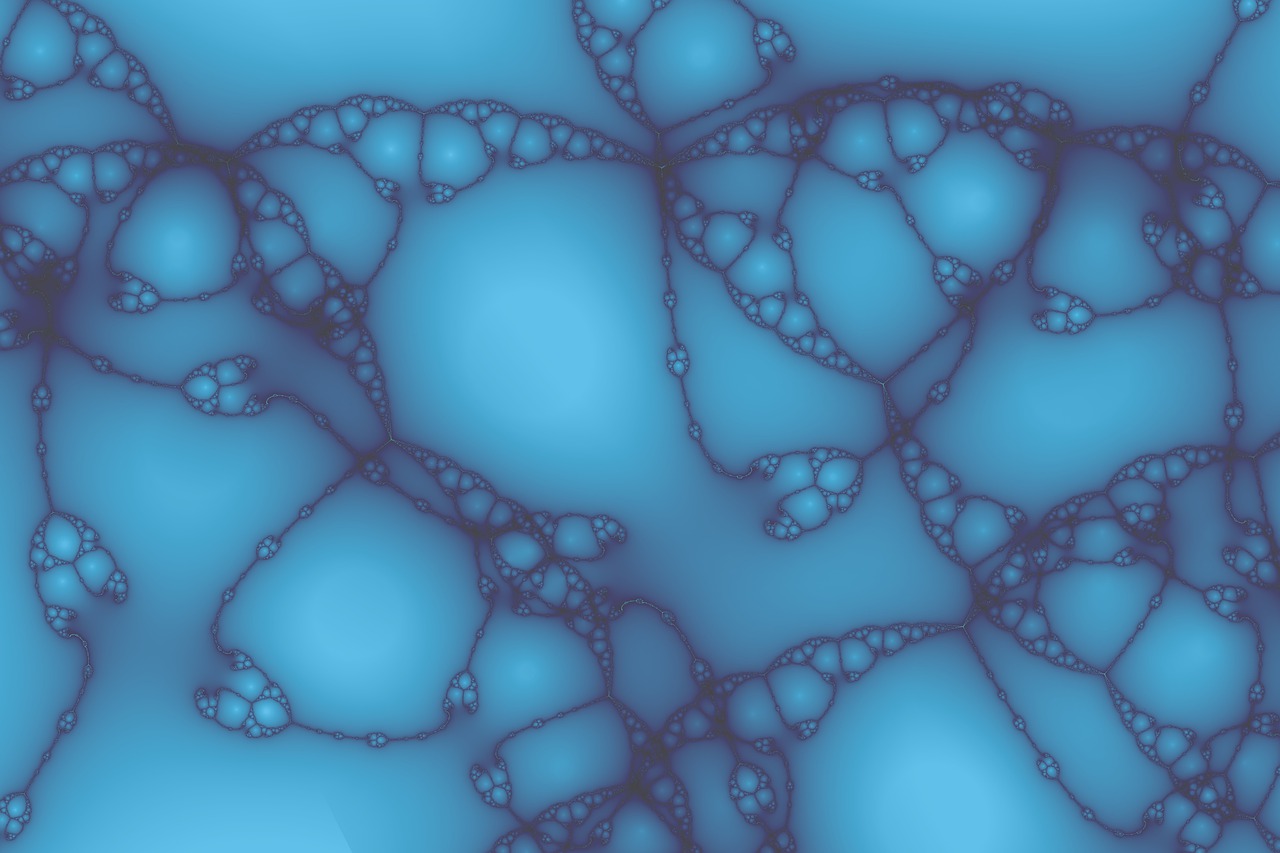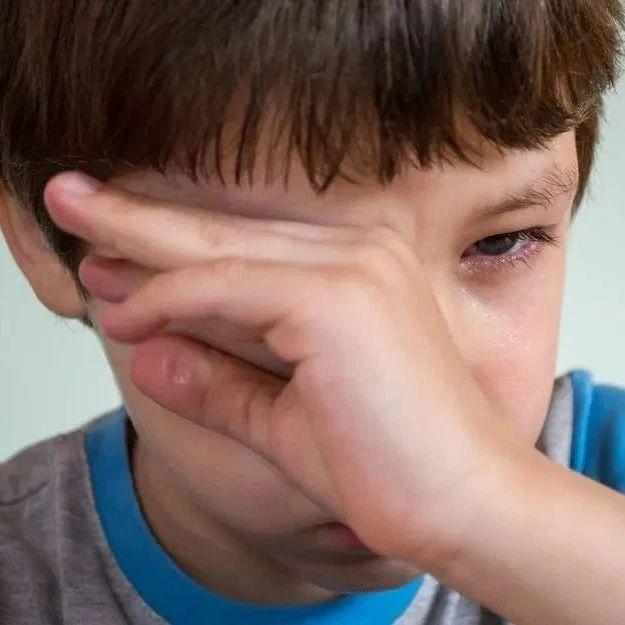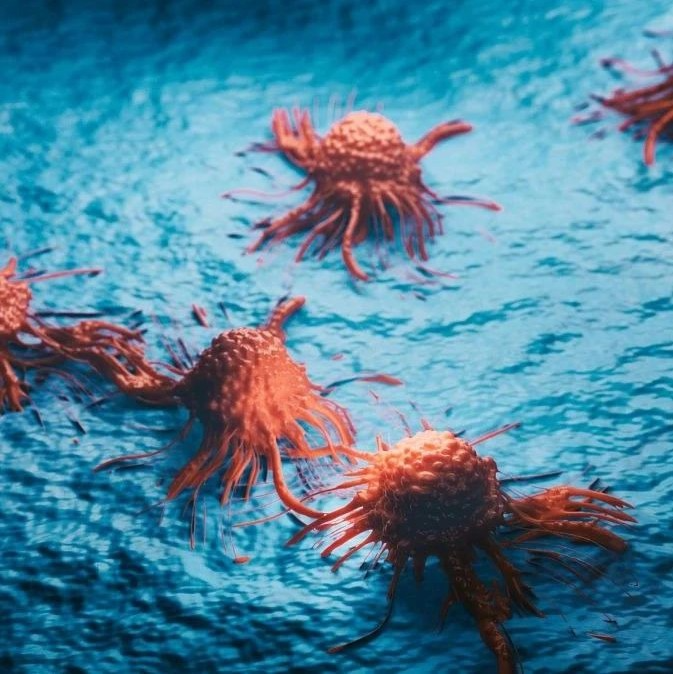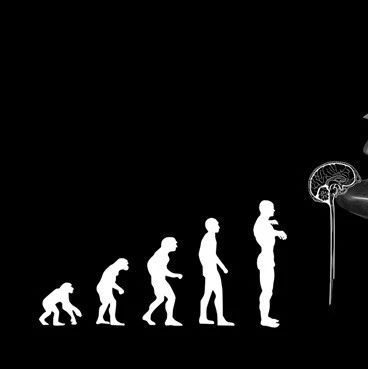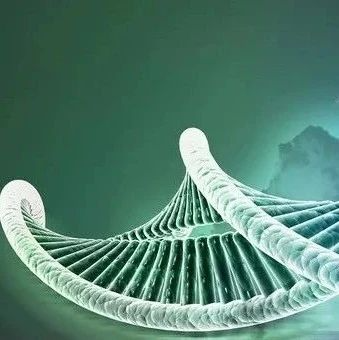一提起恐龙,我们脑海中浮现的往往是那些张牙舞爪的庞然大物。但是美国和加拿大的古生物学家在美国得克萨斯州发现的一种恐龙有些特殊,它的大小可能跟狗差不多。
据美国媒体4月20日报道,这种被称为得克萨斯蜥鸟盗龙的新品种生活在7000万到8000万年前,是双足肿头龙的一种,在宽大头骨上长出的角有点类似于今天的麝牛和南非黑水牛。2008年1月,加拿大蒂勒尔博物馆的古生物学家达伦"坦科在得克萨斯州的大本德地区偶然发现了这种迷你恐龙。
“我当时正在一片恐龙骨床地瞎转悠,不经意低头间发现个外型奇怪的化石躺在地上,我下意识地把它捡了起来,端详了半天意识到这是某种生物的头骨,大概只有桃子那么大。”
由于头骨化石这么小,专家推测得克萨斯蜥鸟盗龙的体型应该跟狗类似。眼下,科学家们正在寻找这种恐龙完整的骨骼化石。
有关研究成果已经发表在《白垩纪研究》(Cretaceous Research)上,论文作者之一、耶鲁大学专家尼可拉斯"朗里奇透露,这项发现有助于古生物学家更充分地了解曾在大本德地区生活的恐龙种类。科学家们还发现,美国南部的恐龙跟在加拿大和美国北部发现的相比有“非常大的差异”。
Cretaceous Research
Volume 31, Issue 2, April 2010, Pages 274-284
--------------------------------------------------------------------------------
doi:10.1016/j.cretres.2009.12.002
Texacephale langstoni, a new genus of pachycephalosaurid (Dinosauria: Ornithischia) from the upper Campanian Aguja Formation, southern Texas, USA
References and further reading may be available for this article. To view references and further reading you must purchase this article.
Nicholas R. Longricha, , , Julia Sankeyb and Darren Tankec
Abstract
Recent work in the Campanian Aguja Formation of Big Bend, Texas, has resulted in the recovery of two frontoparietal domes from a new genus of pachycephalosaur. Texacephale langstoni gen. et sp. nov. is diagnosed by a tall, arched nasal boss, flange-like processes articulating the dome with the peripheral elements, and a low pedicel separating the cerebral fossa from the skull roof. The skull dome is composed largely of the fused frontals and parietals, with limited participation of the peripheral elements, and the supratemporal fenestrae remain open. Phylogenetic analysis indicates that Texacephale langstoni is a basal member of the Pachycephalosauria. The discovery of Texacephale supports previous suggestions that the dinosaur fauna of Texas was distinct from that of contemporary assemblages to the north. The phylogenetic analysis presented here indicates that the Asian pachycephalosaurs form a monophyletic group, deeply nested within the Pachycephalosauridae, and that the basal members of the group are all North American. This finding indicates that pachycephalosaurids originated in North America, rather than Asia, as previously believed. The high diversity of North American pachycephalosaurs and the late appearance of pachycephalosaurs in Asia are consistent with this hypothesis. The biology of Texacephale and other Pachycephalosauridae are also discussed. The morphology of the dome in Texacephale and other pachycephalosaurs supports the hypothesis that pachycephalosaurids engaged in intraspecific combat, while the occurrence of Texacephale and other pachycephalosaurs in nearshore deposits argues that the pachycephalosaurs were not restricted to inland habitats.
Keywords: Dinosaur; Ornithischia; Marginocephalia; Pachycephalosauridae; Biogeography


